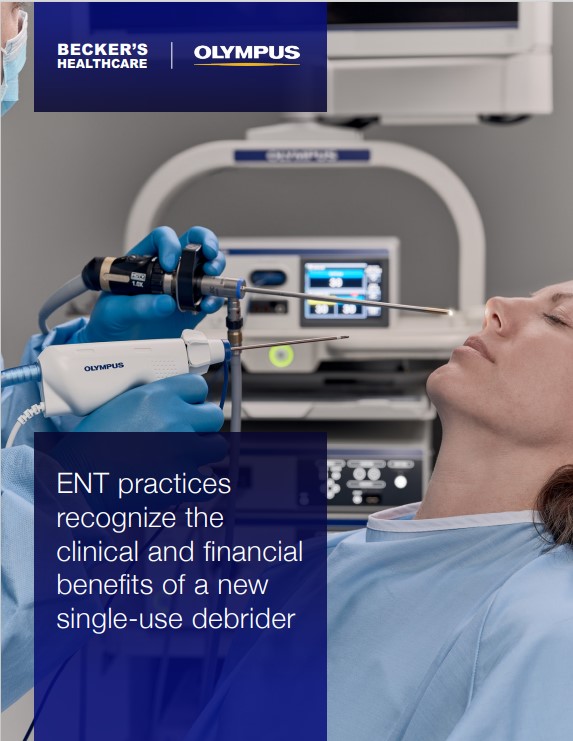
Five Things Not Required With This Microdebrider
In the ear, nose, and throat (ENT) practice, the shift to office-based procedures is a growing trend to curtail costs and help improve patient convenience. Becker’s Healthcare spoke with three leading otolaryngologists about this trend, and how Olympus’ single-use CELERISTM microdebrider is answering some previously unmet needs.
Read the paper to learn what aspects of this disposable solution may fit into your practice.
A checklist you WON’T MISS
- Reprocess or sterilize, the device—Nope. No reprocessing required with single-use devices.
- Book an OR to use it—Finding time on the OR schedule can be challenging and may delay procedures. You choose a time that works best for you and your patient in your clinic.
- Put patients under general anesthesia during its use—For the simple procedures that can be done in the office, you have the option not to use general anesthesia.
- Deal with feeling tethered by cables and wires to the procedure room—With the CELERISTM system, there is just one cord and no foot pedal. We like to keep it simple.
- Having to avoid treating patients who may not be able to tolerate procedures in the OR—If the polyp can be removed in the office, is there a reason it shouldn’t be done there?
Get the full story by downloading “ENT practices recognize the clinical and financial benefits of a single-use debrider” by completing the form below.

As with all electrosurgery instruments, inappropriate use can cause damage to tissue, both electrically and thermally.
Olympus is a registered trademark of Olympus Corporation, Olympus America Inc., and/or their affiliates. I Medical devices listed may not be available for sale in all countries.





